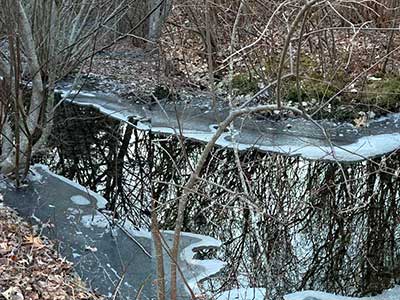
by Rachel Carey-Harper | Mar 1, 2021 | Introduction to Harm
A primary example of genocide along with many others, included the Sand Creek Massacre of 1864 in Colorado, the 1863 massacre on the banks of the Bear River in Preston, ID, and the infamous Wounded Knee Massacre of December 28, 1890 in S. Dakota. The Pequot War in Connecticut was one of the bloodiest. As the killings of Pequot people became more and more frenzied, colonists celebrated thanksgiving feasts after each successful massacre.

by Rachel Carey-Harper | Mar 1, 2021 | Introduction to Harm
A third example of genocide is what President Andrew Jackson called “Indian removal.” In 1830, as President, he signed the Indian Removal Act, which gave the federal government the power to exchange Native-held land east of the Mississippi for land in the west, in the “Indian colonization zone.”
Read the recollections from James Scott, the last survivor of the Trail of Tears.

by Rachel Carey-Harper | Feb 26, 2021 | MM Indigenous Women
There is widespread anger and sadness in First Nations communities. Sisters, wives, mothers, and daughters are gone from their families without clear answers. The National Crime Information Center reports that, in 2016, there were 5,712 reports of missing American Indian and Alaska Native women and girls, though the US Department of Justice’s federal missing person database, NamUs, only logged 116 cases.

by Rachel Carey-Harper | Feb 19, 2021 | Acknowledgment
The Lower Sioux Community is celebrating the return of ancestral land with great historical significance. It’s the site where the Dakota War of 1862 started after the United States did not honor the Mendota Treaty.

by Rachel Carey-Harper | Feb 19, 2021 | Introduction to Wholeness
the theft of Native American tribal land didn’t stop with the Indian Removal Act of 1830 that authorized the Trail of Tears. Over the next century, Congress passed a series of laws that systematically stripped tribes of their lands, selling them to white settlers and corporations.


















Recent Comments